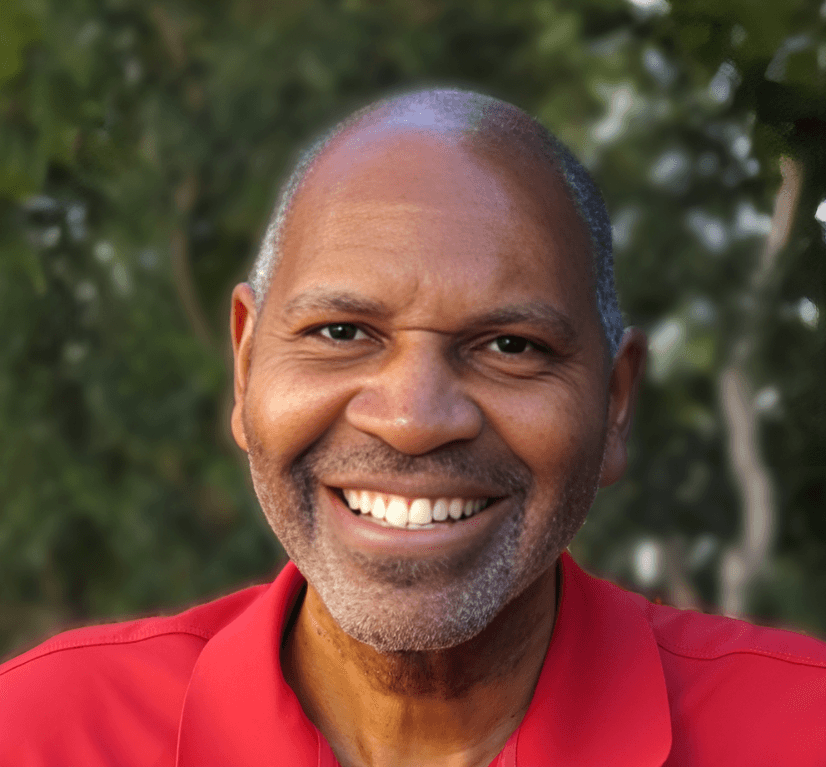The Origin of Stick Faces

I’ve always been fascinated by the idea that we’re all locked inside our own heads, able to observe others, but never truly know what someone else is thinking or feeling. That disconnect can shape how we treat each other, often without realizing it.
The spark for Stick Faces came during my time in human resources. I was meeting with a manager when one of their direct reports stepped into the office to ask a question. The manager responded, but halfheartedly—barely looking up and offering a dismissive answer. I saw the employee’s face fall. They left the room with less clarity than they had when they came in.
No more than 30 seconds later, the CEO of the company popped his head in. Instantly, the manager straightened up—alert, ready, engaged. The CEO’s comment? Something trivial. But the shift in that manager’s behavior was profound.
That was the moment Stick Faces was born.
When I shared the idea that we treat people differently based on our perceived relationship to them, others chimed in with powerful parallels:
What if you walked into a coffee shop wearing the face of a celebrity?
How might a police stop go differently if the officer saw their mother or sibling behind the wheel instead of a stranger?
Stick Faces is built around a simple, powerful challenge:
What if we treated every person as if they were someone we love, respect, or admire?
This tool is designed to help managers, teams, and leaders humanize every interaction, especially in the workplace. But the concept goes deeper. It’s a call to reimagine how we move through the world, because behind every face is a story, a soul, a life.
In a time when division and dehumanization are everywhere, Stick Faces is a reminder that empathy isn’t weakness, it’s leadership.
Let’s change the construct together.


